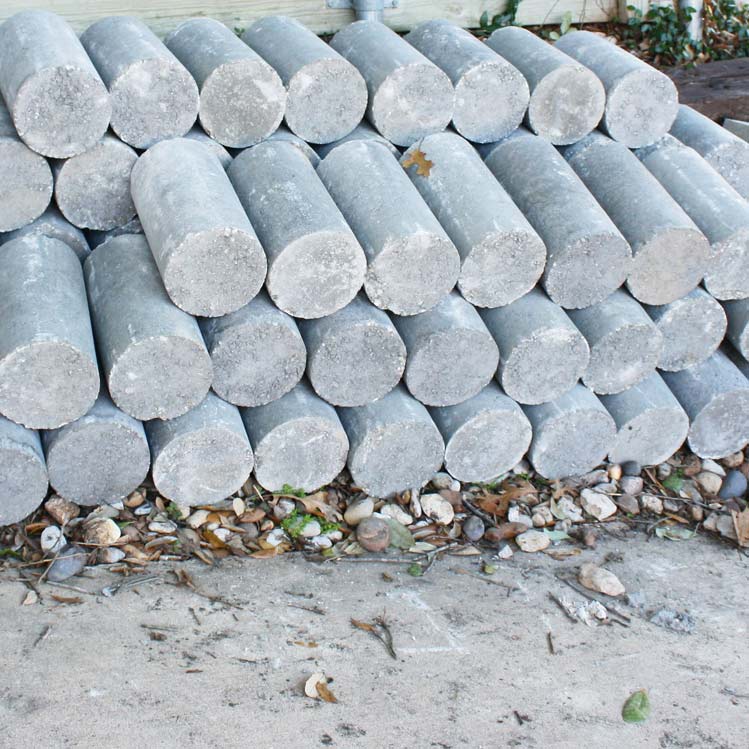Interurban Railway Museum
The Interurban Railway Museum located at 901 E 15th St, Plano, TX 75074 is home to more than 850 artifacts from vintage electric rail systems. Aside from vintage electric railways and trolleys, the museum also features historic cars, locomotives, signaling devices and other pieces of equipment that were once used on various narrow-gauge utility lines. And since its inception in 2014, it has grown tremendously—even expanding its premises! The first step leading to the expansion was taken in October 2016 when the new Interurban Railway Museum Store opened for business. It sells a wide range of merchandise related to the history of railroads such as railway-related toys, model trains, books, posters and souvenirs. A second phase of expansion will follow later this year when the museum’s administration office opens up after undergoing a complete renovation. This will include offices for the museum’s staff members as well as additional storage space for more historical items. Look at this article.
How Was the Interurban Railway Museum Founded?
The Interurban Railway Museum was founded in 2014 by Dr. Dennis L. Goss and his wife, Dr. Katharine McFarland Goss, both of whom are railway historians. Both have extensive experience in the field of railway heritage: Dr. Goss has been a railway historian since the 1980s and served as the editor of The Interurban Review since 2010 while Dr. McFarland Goss is a published author and retired Executive Director of the American Association of Railroad Historians. The Gosses established the museum to preserve the history of railroad heritage and to share their knowledge with the public. The museum is named after the former Texas interurban rail system that operated between Dallas and Waco, Texas in the early 20th century.
Current Holdings of the Interurban Railway Museum
The Interurban Railway Museum currently has more than 850 items in its possession that are from vintage electric rail systems. The museum’s rarest and most valuable items have been placed behind glass cabinets in the administration offices. These include an early electric railway ticket, an electric railway map, an electric railway system map, photos and other memorabilia, and artifacts such as a No. 1 electric railway car and a railroad coupling. The rest of the artifacts are on display throughout the museum premises. The electric systems that the Interurban Railway Museum has in its possession include the Los Angeles Railway, the Long Beach and City of Pasadena Railway, the Colorado Springs & Southern Railway, and the North Texas Railway.
The Main Exhibit Area of the Museum
The museum’s main exhibit area is housed at the Plano Center Station. It displays a wide range of historical items related to various narrow-gauge utility lines such as electric railways, interurban tramways, and interurban trolley systems. The museum also has an exhibit on electric railways in the Pacific Northwest. The museum store is also located at the main exhibit area. It sells a wide range of merchandise related to the history of railroads such as railway-related toys, model trains, books, posters and souvenirs. There is also a seating area where visitors can sit down and read a book or view one of the model trains on display. View this fantastic read.
Future Expansion Plans of the Interurban Railway Museum
The Interurban Railway Museum is currently expanding its premises at the Plano Center Station. This will include an administration office and additional storage space for more historical items. The museum’s administration office is expected to open up sometime later this year. It will include an office for the museum’s staff members as well as additional storage space for more historical items. The museum is also planning to open a store that will sell a wide range of merchandise related to the history of railroads such as railway-related toys, model trains, books, posters and souvenirs. The Gosses are also planning to construct a restaurant or coffee shop at the museum premises. The Interurban Railway Museum Store currently offers a limited selection of merchandise and is open from 9 a.m. to 6 p.m. on weekdays, and from 10 a.m. to 4 p.m. on Saturdays. The museum hopes to expand its business hours so that visitors can visit the museum store and have a bite to eat after completing their shopping.
Conclusion
The Interurban Railway Museum in Plano, Texas preserves the history of electric rail systems and is home to more than 850 items from vintage electric railways. The museum also showcases the history of other narrow-gauge utility lines such as interurban tramways and trolley systems. There is also an exhibit on electric railways in the Pacific Northwest. The museum is currently expanding its premises at the Plano Center Station and has plans to open up an administration office and additional storage space for more historical items.
Concrete Pier Advantages
Installation
Depth
Soil
Fast Leveling
Pre-cured / tested concrete allows immediate leveling of the structure, and final leveling with steel shims.
Clean
Cost

Concrete Pier Cost
Concrete Pressed Pilings is the most common method of repair in the DFW area and is approved by most Engineering Firms. Because the material cost is low, the average price of this system is $350.00 per pier, which includes a lifetime transferable warranty.
Dalrock has provided this service to thousands of homeowners in the metroplex, and can provide you with references upon your request.
The installation process consist of 4 steps
01.
Digging a footing under the foundation grade beam using a hand held shovel (no heavy equipment is used to dig the footing).
02.
Using a hydraulic ram, the concrete piling is pushed one on top of another under the grade beam to bedrock or point of refusal.
03.
A cap block is then placed on top of the Pilings.
04.
Using a hydraulic jack on top of the cap block, the foundation is now ready to be lifted. After the lift, the dirt is placed back into the footing.
